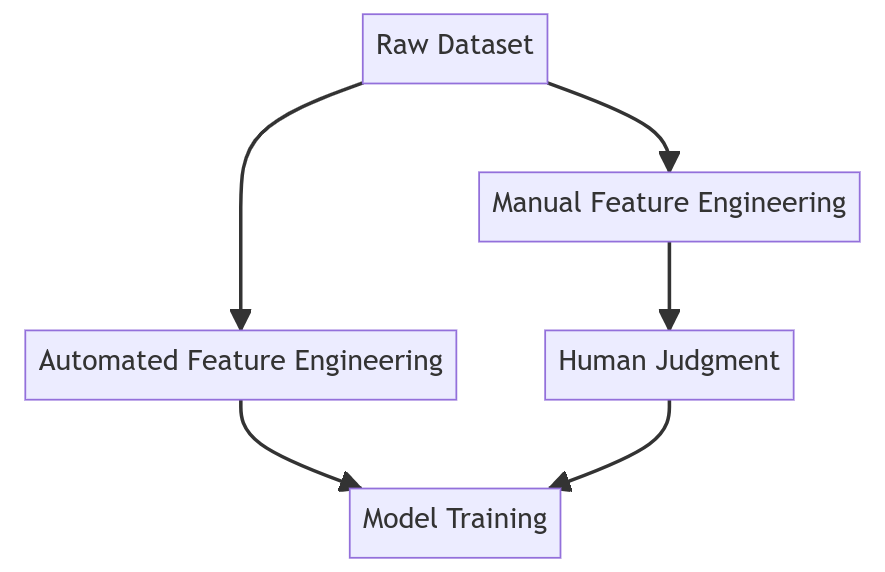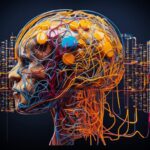Introduction
Feature engineering is the process of selecting, transforming, and creating variables or features from raw data to improve model performance. It has traditionally been a core skill of data scientists, requiring creativity and domain expertise to extract useful signals from data. However, the rise of automated feature engineering through AutoML and deep learning is leading some to question the ongoing necessity of manual feature engineering. This article will examine both perspectives, ultimately arguing that human-driven feature engineering remains an indispensable art.
Automated feature engineering tools can efficiently process large amounts of data and require less specialized knowledge. However, they lack the contextual understanding and intuition a human data scientist brings. While automation will continue displacing routine tasks, professionals should maintain their feature engineering skills and combine automated solutions with human insight. With responsible use of automation and continuous skill development, data scientists can remain central to success even as algorithms grow more powerful.
The Emergence of Automated Feature Engineering
In recent years, tools like DataRobot and Azure ML have enabled automated feature engineering using techniques like statistical methods, deep neural networks, and transfer learning. These tools can process exponentially more data than humans, consistently transform features, and reduce the need for specialized knowledge.
Deep learning models like PaLM and ALBERT have also demonstrated powerful automated feature extraction from textual data. With massive datasets and compute resources, they can surpass human performance on many language tasks.
However, these tools have limitations. Automated feature engineering can result in overly complex or uninterpretable models. It also requires careful tuning to avoid overfitting to quirks in the training data. Data scientists should apply critical thinking rather than blindly trusting automated processes.
The Art of Manual Feature Engineering
Despite advances in automation, human creativity and intuition remain unmatched in tailoring features to specific problems. With their contextual understanding, data scientists can construct features reflecting real-world knowledge and relationships. For complex datasets and business objectives, this domain expertise is irreplaceable by current algorithms.
Studies by companies like Facebook and Uber have demonstrated the value of manual feature engineering and arithmetic on top of learned representations. Data scientists continue applying artful techniques like:
- Imputing missing values
- Scaling and normalizing features
- Constructing domain-specific aggregated features
These reflect real-world knowledge and relationships that automated systems lack. With proper tooling and skills, manual feature engineering can drive significant model improvement.
Hybrid Approaches: Combining Automation with Human Insight
The ideal approach combines automated feature engineering for speed and scalability with human insight for fine-tuning and validation. Data scientists can focus manual efforts on integrating domain knowledge and validating automated outputs.
This hybrid strategy provides the benefits of automation while overcoming its limitations. However, balancing the two approaches requires aligning tools with business needs, and setting appropriate thresholds for manual intervention.
With the proper integration, data scientists can leverage cutting-edge automation and contribute their uniquely human skills. This allows them to remain essential contributors even as algorithms grow more powerful.
The Ethical and Professional Responsibility of Data Scientists
When relying on automated systems, data scientists must maintain skepticism and critically evaluate outputs before deployment. They carry an ethical responsibility to probe for biases hidden in black-box algorithms.
Data scientists have a professional duty to continuously expand their skills as well. Stagnating expertise will only accelerate displacement. Professionals should proactively identify emerging automated solutions and master complementary manual techniques.
With automated options proliferating, neglecting traditional skills is tempting but hazardous. Combining automation with specialized human insight offers the most robust and ethical path forward.

Future Perspectives
Automated feature engineering will continue advancing alongside compute power and dataset growth. However, human creativity, intuition and real-world understanding remain unmatched. While routine tasks become automated, data scientists will focus on high-impact applications of their expertise.
Rather than resisting progress, data scientists should embrace automation while continuously expanding their capabilities. This agility will allow them to pivot into emerging roles and maintain their value. With responsible automation and continuous learning, human data scientists can retain their central importance.
Conclusion
In summary, automated feature engineering offers undeniable benefits but currently lacks the nuance and flexibility of human judgment. Manual feature engineering remains an essential and complementary skill. Professionals should adopt hybrid approaches that apply automation while reserving human effort for high-impact areas. With ethical usage and continuous skill development, data scientists can retain their relevance even as algorithms grow more powerful. By mastering both automated and “handcrafted” feature engineering, professionals can sustain the art while embracing the future.



![Python Decorators Unleashed [eBook]](https://datasciencehorizons.com/wp-content/uploads/2023/10/python_decorators_unleashed_ebook_header-150x150.webp)







